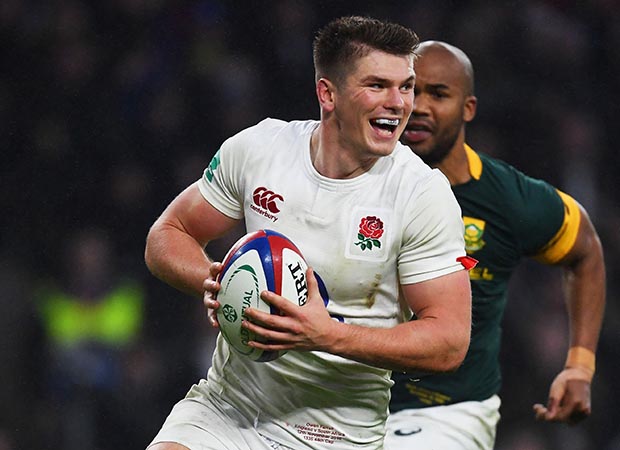

This resulted in England’s Maro Itoje, James Haskell, Anthony Watson and Jack Nowell being ruled out, as was Wales scrum-half Rhys Webb, and Scotland’s tartan Boks, JP Nel and Josh Strauss.
Illustrious names who were on their way back to fitness and played only part of the series were at a disadvantage, with 2013 Lions captain Sam Warburton (Argentina and Japan) and No.8 Taulupe Faletau (second half v SA) among them, as were Ireland flankers Sean O’Brien (v NZ in Dublin, and an hour v Canada) and Peter O’Mahony (Canada and last quarter v Australia).
It was also uphill for those who fell out of contention due to disciplinary action, such as England’s Joe Launchbury and Elliot Daly. However, one player to buck the trend was Ireland lock/blindside Iain Henderson, who was good enough against Australia, and for the second half of the Dublin Test v NZ, to warrant selection.
The biggest contingents go to England and Ireland with 13 players each. This reflects their results, with England unbeaten and Ireland taking the scalps of New Zealand, Australia and Canada, although the All Blacks avenged their loss in Chicago by winning in Dublin.
Given the demise of South Africa, whom England beat with something to spare, Ireland had by far the tougher itinerary – although Eddie Jones’ outfit had their own self-inflicted load to bear when Daly’s sending off against Argentina saw them reduced to 14 for all but the first four minutes.
The side that has taken the biggest cut in representation in the 38-man squad is Wales (5), who have one fewer than Scotland (6). Given that the Welsh supplied 15 of the 37-man squad on the victorious 2013 tour it is a huge fall from grace. However, it should not be a complete surprise given the lacklustre 32-8 loss to Australia, or the last-gasp 33-30 win over Japan.
Wales have too many talented players not to make big gains in the Six Nations. Even so, heroes of 2013 like George North, Leigh Halfpenny, Jamie Roberts, Jonathan Davies and Dan Lydiate – all of whom miss the cut here – will have to look to their laurels at a time where the competition for places is the fiercest it has been in the pro era.
Full-backs
Rob Kearney looks in good enough shape at 30 to be in the running for his third Lions tour. If he maintains the form he has shown this autumn – not least in Ireland’s victory over New Zealand in Chicago – he could also reclaim the test 15 shirt he wore with distinction on the 2009 tour of South Africa, but lost to Leigh Halfpenny in 2013. Strong in the air, and full of guile in attack. Stuart Hogg has the mark of a match-winner about him, and his dazzling footwork, rapid acceleration and vapour-trail top speed make the Scot a near certainty, and, on the evidence of the autumn Mike Brown deserves a place ahead of Halfpenny, who had a mixed autumn for Wales. Brown is an irrepressible force, whether in the air or on the ground, the Englishman is a hard man to keep down.
Wings
A matrix of talents, with Jonny May providing searing speed, Sean Maitland impressive pound-for-pound power, Liam Williams unrivalled versatility, and Simon Zebo a sinuous elusiveness. While none of them possess the size and physicality of George North, they have all made a bigger mark this autumn than the Welsh giant, who was a shadow of the wing who caused a storm for the 2013 Lions.
May did not take long to get into his raking stride for England, scoring tries against South Africa and Argentina, while Zebo was inspirational for the Irish in their win over Australia after coming on as a replacement for Kearney. He and Williams – who is equally accomplished at full-back – have a range of footballing and counter-attacking skills which will be essential against New Zealand’s kicking game, while the move to Saracens appears to have recharged Maitland, whose finishing for Scotland has been lethal.
Centres
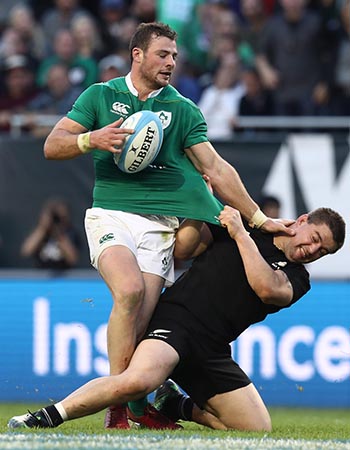
Jonathan Joseph leads the charge at outside-centre, although Huw Jones was hot on his heels with his try-scoring feats for Scotland, landing a brace against Australia, and another in the win over Argentina.
However, Joseph is maturing into a rounded operator, and the English 13 stays marginally ahead because he has augmented his attacking thrust with leak-proof defence.
Fly-halves
Owen Farrell is arguably the world’s best goal-kicker, with only Halfpenny able to compete with the Saracens and England marksman for accuracy. He has also developed his passing, tactical kicking, tackling, and overall reading of the game to the extent that he is challenging Jonny Sexton for the right to lead the Lions backline against the All Blacks. Farrell’s tenacity in defence, and greater robustness, could give him an advantage over the Irish 10, but there are few smarter tacticians than Sexton.
Dan Biggar is another fly-half with physicality and a strong aerial presence, but he did not burnish his credentials in the conclusive Welsh defeat by Australia, and George Ford offers a significant point of difference because of his willingness to play flat to the gain-line. The Bath man’s box of tricks as a distributor and tactical kicker gives the Lions an important variation, as does the 10-12 partnership he has forged with Farrell since they played in the same England U20 side.
However, both Paddy Jackson (Ireland) and Finn Russell (Scotland) put their hands up, and will be hoping to use the Six Nations as a springboard for their claims.
Scrum-halves
Conor Murray is currently ahead of his rivals, and has shown in recent weeks he has the size, speed and savvy to upset New Zealand. The Irish 9’s show-and-go try in Chicago struck an important psychological blow by revealing the All Blacks are mere mortals. Murray’s passing and box-kicking are usually sat-nav accurate, but he is also a big, powerful scrum-half, and it is his physicality and toughness around the fringes which will worry the Kiwis. Ben Youngs does not have Murray’s indomitable presence, but he is a real attacking threat. His passing and footwork have looked sharper – and, as he showed against Australia and South Africa, he knows how to dupe defences.
Youngs and Greig Laidlaw will face stiff competition from Rhys Webb when the Welshman is fit again, but the Scotland captain has an ace in his hand because he offers the Lions another goal-kicking option.
Props
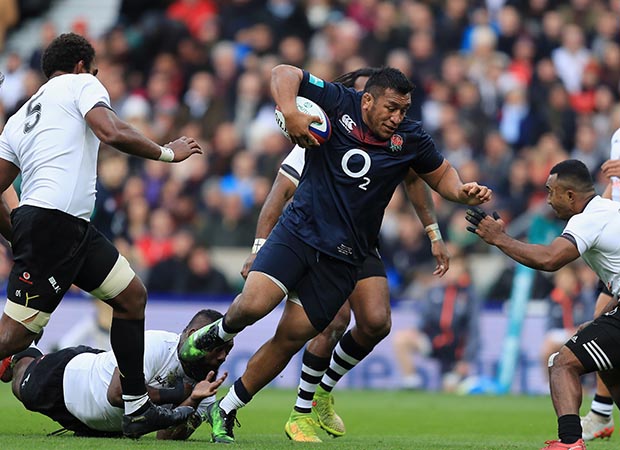
Zander Fagerson is another prop in a hurry, and the 20-year-old Scot had taken advantage of JP Nel’s absence to press his case. Fagerson is a handful on the hoof, and appears to have early onset man-strength. England’s Dan Cole makes the squad on the strength of his experience, and a steady but unspectacular series – but he will have to watch out for the challenge of Furlong’s impressive understudy, Finlay Bealham.
At loose-head Jack McGrath goes from strength to strength as a scrummager and maker of hard yards. The Irishman probably has the edge over Mako Vunipola, above, in the tight, but the roles are reversed in the loose because the Saracens prop is one of the most effective ball-playing forwards in the world. Another Irishman, Cian Healy, provides quality back-up.
Hookers
When Rory Best, right, led Ireland to victory over Australia last weekend on his 100th cap, to complete a first Irish winning run over the Southern Hemisphere big three in a single season, he wrote his Lions credentials large, as both hooker and captain. Best looks in good nick for a 34-year-old, and his set-piece work and industry in open play has been exemplary this series. If the Ulsterman can stave off Father Time in the Six Nations, he has a strong case.
However, there is a bolter on the loose in the shape of Jamie George, whose impact around the pitch is matched by his quality at the scrum and lineout. He has shown that NZ’s Dane Coles is not the only hooker in town with dynamism and footballing nous – and, at 26 the Saracens double-winner is in his prime, and has served his apprenticeship. This autumn, judged on form alone, he would have unseated Dylan Hartley as England’s starting hooker, with the Red Rose captain struggling to match George’s energy. Hartley’s success as an unbeaten England captain, allied to the solidity of his set-piece work, has kept him in the running, but he faces a serious challenge.
Second Rows

The way George Kruis slotted seamlessly back into the England pack after injury underlined not only his skill, but also his athleticism and adaptability, and those qualities, will be in demand in NZ. So will the physical presence and under-rated dexterity and defensive work offered to Ireland by Devin Toner, with the Leinster’s 6ft 10ins lighthouse shining in the wins over New Zealand and Australia.
After an anonymous spell, Northampton’s Courtney Lawes has also started to re-emerge as the world-beater that Paul O’Connell once suggested he would be. Lawes has rediscovered the abrasive edge to his carrying and tackling, and those are areas which he shares in common with the young Scot Jonny Gray, whose unflagging workrate will also have caught the attention of the Lions selectors.
Back Row
Billy Vunipola is the only Englishman to make an unanswerable case this autumn for inclusion in the Lions back row – and that the powerhouse No.8 did enough before sustaining a knee injury against Argentina speaks volumes for his contribution to England’s success under Eddie Jones. The other No.8 raising the bar is Ireland’s Jamie Heaslip. Although he will be 33 this month, Heaslip was supercharged against New Zealand and Australia. Last season it seemed that the Leinster stalwart was a fading force, but if he continues to crack defensive lines as he has this autumn he will be on his third Lions tour.
The Lions need as many forward ball-carriers and ball-winners against a side of NZ’s quality as they can muster, and there is no overlooking CJ Stander. The Irish-South African flanker was considered too small for top honours in his homeland, but he packs heavyweight punch in the loose, and is ahead of Irish rivals Sean O’Brien and Peter O’Mahony, who played bit-parts after coming back from injury.
Stander also gets the nod ahead of Chris Robshaw, who, despite his tireless work-rate is not a Test-level back row carrier, whereas the rumbustuous Ross Moriarty has shown for Wales that he might have the makings. Including Robshaw as a third blindside would leave this Lions selection short of height at the tail of the lineout, and the rangy Ulsterman, Iain Henderson, showed enough mobility against Australia to indicate he could do a similar job at 6 to Maro Itoje.
Two main openside contenders emerged in Ireland’s Josh van der Flier, who proved to be a thorn in the side of New Zealand and Australia, and Justin Tipuric. The Ospreys flanker showed he has lost none of his attacking flair with a 20 metre try-scoring burst against South Africa, and he and Van der Flier have thrown down the gauntlet to Sam Warburton – whose struggle with injuries is preventing him from answering the challenge.


British and Irish Lions
British and Irish Lions told: Beware Australian dirty tricks

International Rugby
George Ford joins 100 club in England victory over Argentina

International Rugby
England 35-12 Argentina: Centurion George Ford leads the way

International Rugby
Will Muir makes the most of his sevens training for England


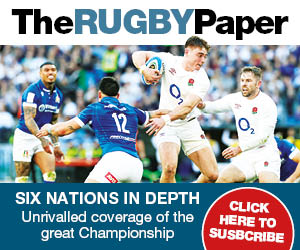

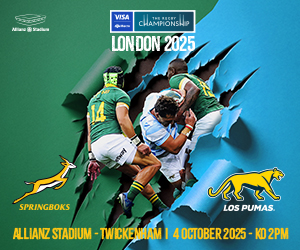


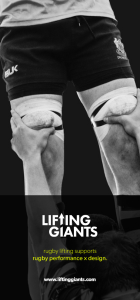








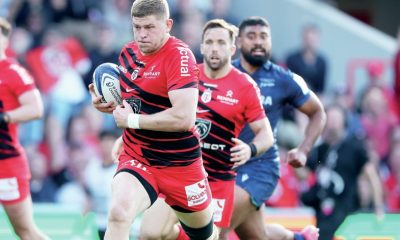

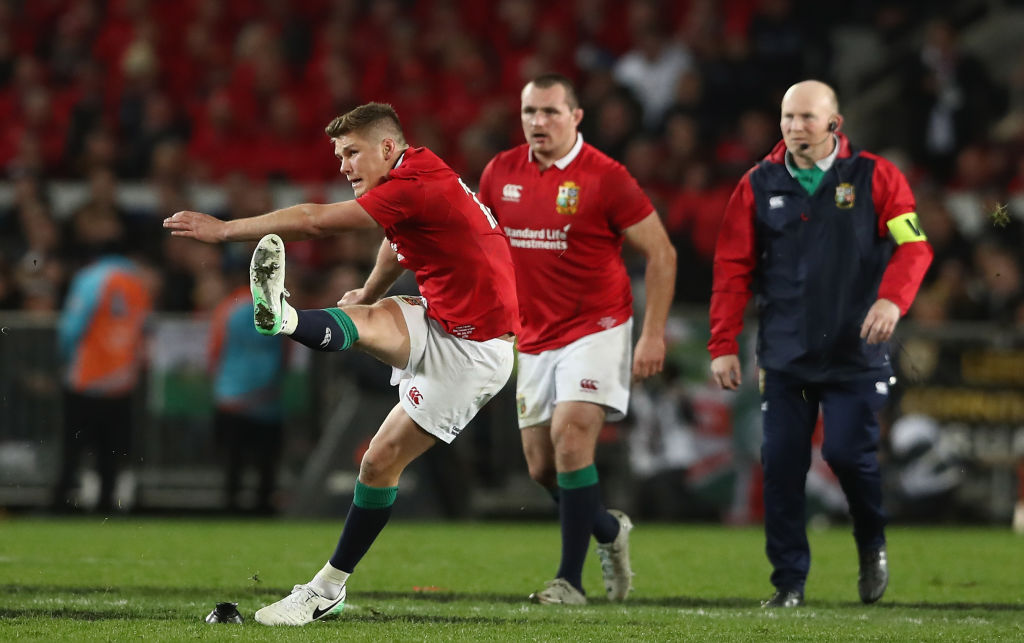
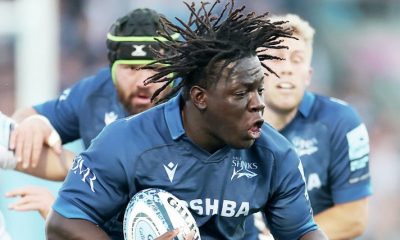

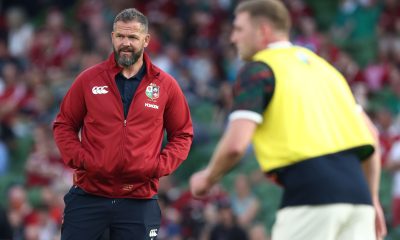

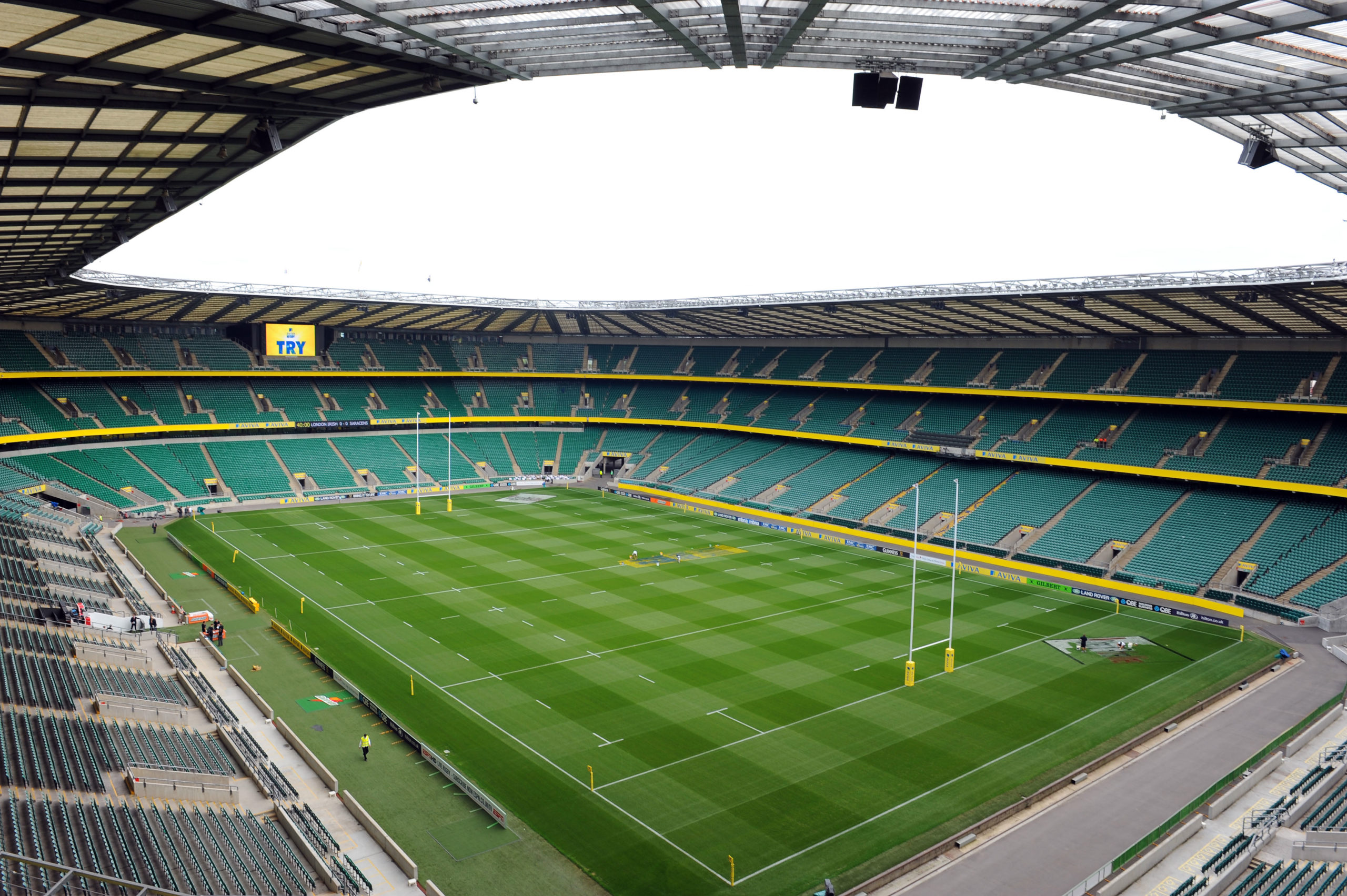

You must be logged in to post a comment Login